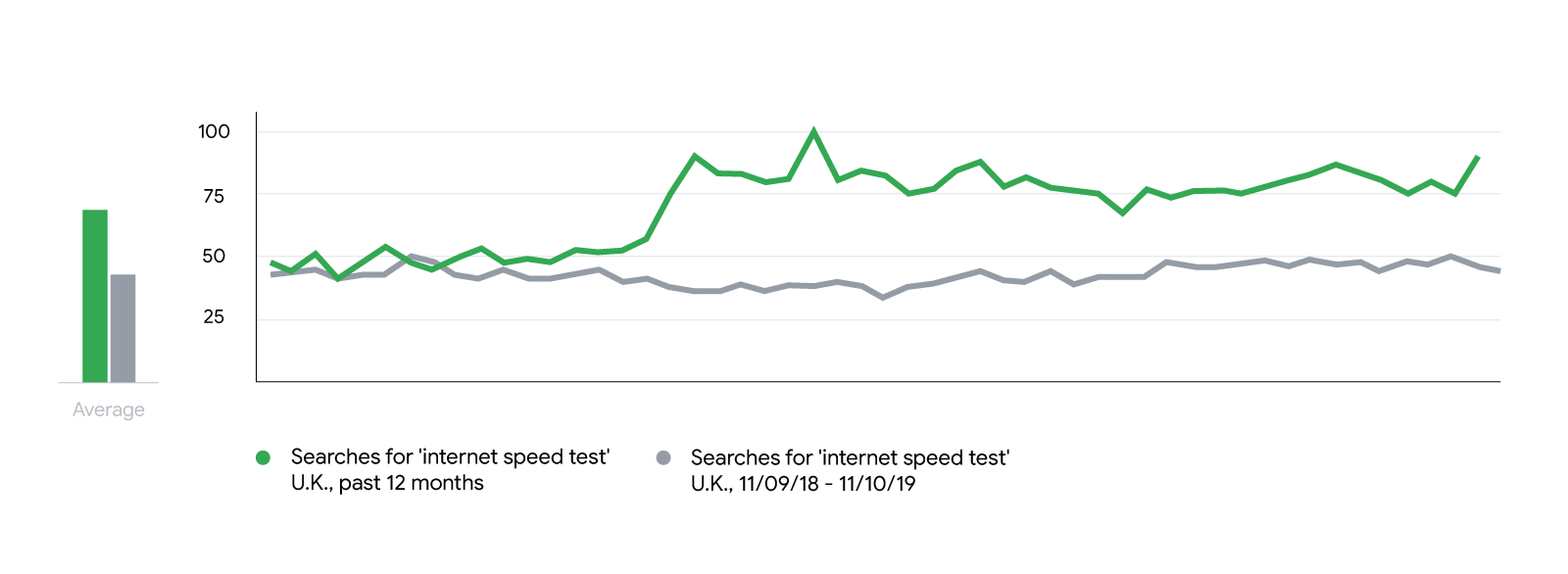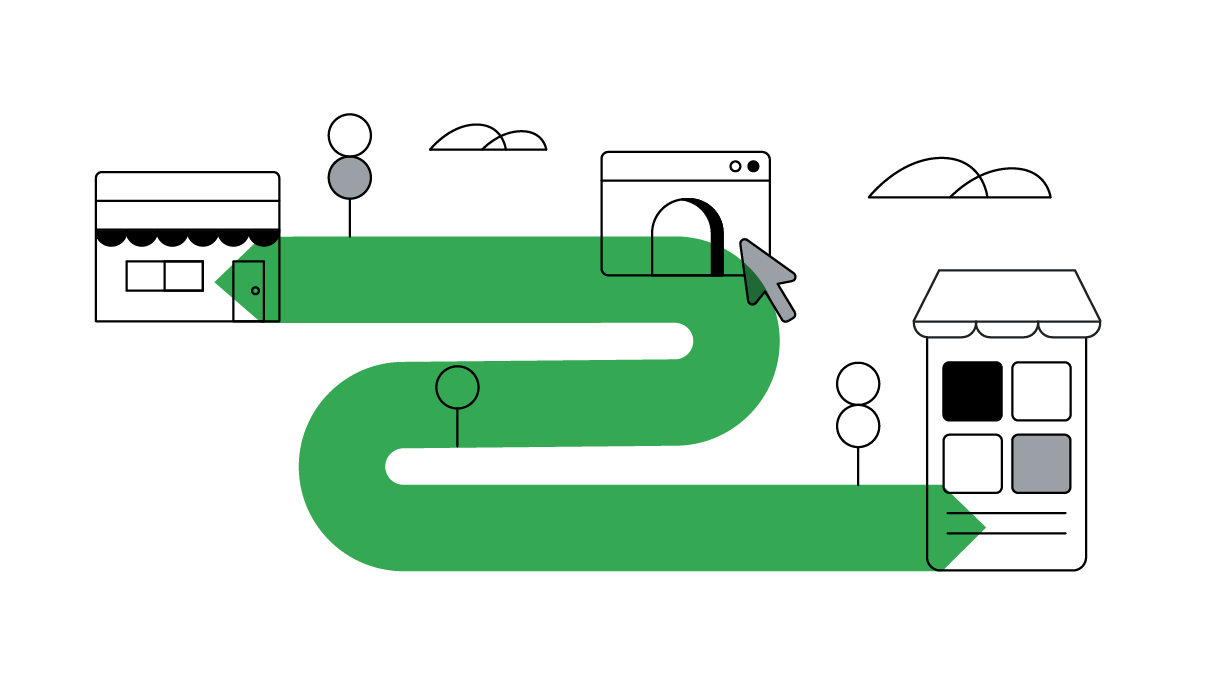This year we have seen dramatic changes in our use of digital services and products, and our reliance on them. Importantly, as we spend more time online, our expectations of those digital experiences have never been higher.
Accelerated by the pandemic, consumer needs and expectations are rapidly shifting across multiple technology and media categories. The signs are that – from a sustained interest in live chat to an increased use of apps – these new demands are not a crisis-induced blip but an acceleration of already established trends.
With Tech-Media-Telecom (TMT) categories being intimately interlinked, change in one area, can greatly impact another — and at speed. Currently we are seeing years worth of change happen across multiple verticals all at the same time. Hence businesses need to understand the wider trends, anticipate the resultant changes, and be ready to seize the opportunities as they arise.
Changing behaviour in one category can create heightened demand in others
In this turbulent year we’ve seen numerous examples of changes in consumer behaviour or needs in one area, having an enormous impact on other sectors. For example, as streaming soared during lockdown — with more people watching YouTube on their TV screens — so did search interest in Smart TVs. Likewise, interest in laptops rose sharply in March and has remained at higher levels than 2019 since.
Alongside new hardware comes the need for better connectivity, such as greater bandwidth for multiple users in one household or faster connection for improved streaming experiences and download speeds.
According to a U.K. Google Survey of people who switched broadband provider in the past three months, 5% more people cited speed and reliability as a reason for switching in July than had cited these reasons in April.1 This is also reflected in Google Trends, with search interest in internet speed tests up from 2019.

The accelerating tech, media and telecom ecosystem
Our findings indicate that as we spend more time online, it creates an ecosystem where a change to consumer behaviour in one area can cause disruption in another — with digital expectations often rising across the board. Currently we are seeing increased demand across the whole TMT ecosystem: connectivity, products and services.

4 ways marketers can respond to acceleration
So how can marketers keep pace with these accelerating changes? While product development cycles are most likely out of your hands, what is within your remit is keeping up with relevant trends, positioning your brand, and making sure you meet and exceed your customers’ digital expectations. To achieve this, we believe there are four steps to consider.
1. Keep on top of trends beyond your own category
Leverage search insights, on top of your usual resources, to help inform decisions and ensure your messaging is both relevant and helpful as consumer needs change. Visit our collection of insights drawn from Google Trends for a broad view on what people value as the COVID-19 crisis evolves.
2. Strengthen the digital journey for your consumers, based on your position in the ecosystem
To meet rising consumer expectations review your site speed, navigation, and service options. In many cases, the basics still aren’t perfect. Now is the perfect time to reimagine your digital offering and provide an overall better brand experience, wherever your customers are.
3. Use data to quantify and measure your performance
In a complex and interconnected environment, where change is accelerating, data continues to play a key role in supporting marketing decisions. We see clients having success when they connect first- and third-party data to better understand customers and their needs, accurately measure return on ad spend (ROAS), and tailor their marketing strategy accordingly.
4. Utilise automation to adapt quickly and efficiently
Embrace automation to ensure your marketing and brands are responding at speed to people’s changing needs. This is even more essential during times of uncertainty. Automation relies on machine learning to identify difficult-to-predict patterns across categories and can be used to inform smarter ad bidding strategies and optimise your budgets for real time success.
The ongoing pandemic has required businesses in almost every industry to rethink and adapt their strategies for changing consumer behaviour in some form or another. As we continue to face uncertainty, and with the changes in the tech and media ecosystem showing no sign of slowing down, making digital a priority — and automation in particular — gives marketers the agility, speed and efficiencies necessary to meet the heightened consumer expectations and maintain their competitive advantage.







